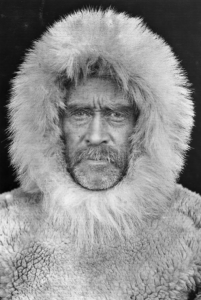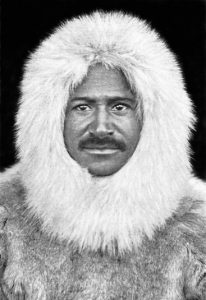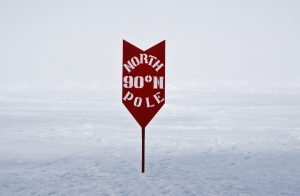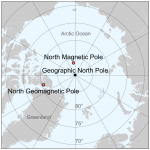
 When I think of the world’s explorers, I think back to the 1500s to maybe the 1700s, but there are still explorers, and probably places that no man has ever been, and some explorations are still going on. That is most likely because some places are very difficult to reach. American explorer Robert Peary knew that all too well. Peary had a dream. He wanted to go to the North Pole. For many years one thing or another came between Peary and his dream, but finally on April 6, 1909, Peary and his assistant Matthew Henson, and four Eskimos reached what they determined to be the North Pole. I can only imagine how elated they felt. It was the journey of a lifetime for them.
When I think of the world’s explorers, I think back to the 1500s to maybe the 1700s, but there are still explorers, and probably places that no man has ever been, and some explorations are still going on. That is most likely because some places are very difficult to reach. American explorer Robert Peary knew that all too well. Peary had a dream. He wanted to go to the North Pole. For many years one thing or another came between Peary and his dream, but finally on April 6, 1909, Peary and his assistant Matthew Henson, and four Eskimos reached what they determined to be the North Pole. I can only imagine how elated they felt. It was the journey of a lifetime for them.
Peary, a US Navy civil engineer, made his first trip to the interior of Greenland in 1886. In 1891, Henson, a young African-American sailor, joined him on his second arctic expedition. Their team made an extended dogsled journey to the northeast of Greenland and explored what became known as “Peary Land.” Then, in 1893, they began working toward reaching the North Pole. In 1906, during their second attempt, they nearly reached latitude 88 degrees north, just 150 miles short of their objective. It would seem that they had the fever, because in 1908, they traveled to Ellesmere Island by ship and in 1909 raced across hundreds of miles of ice to reach what they calculated as latitude 90 degrees north on April 6, 1909. Although their achievement was widely acclaimed, Dr. Frederick A. Cook challenged their distinction of being the first to reach the North Pole. Cook, a former associate of Peary, claimed he had already reached the pole by dogsled the previous year. A major controversy followed, and in 1911 the US Congress formally recognized Peary’s claim over Cook’s.
Sadly, decades after Peary’s death, navigational errors in his travel log surfaced, placing the expedition in all probability a few miles short of its goal. I am glad he never knew. In recent years, further studies of the conflicting claims suggest that neither expedition reached the exact North Pole, but that Peary and Henson came far closer, falling perhaps just 30 miles short. On May 3, 1952, US Lieutenant Colonel Joseph O. Fletcher 
 of Oklahoma stepped out of a plane and walked to the precise location of the North Pole, the first person to undisputedly do so. While he did step on the exact location, as confirmed by GPS or whatever measurement they used to confirm the location, it is my opinion that the accomplishment of Lieutenant Colonel Fletcher was nowhere near as amazing as that of Robert Peary and his team, who forged their way to the site, rather than being dropped on it.
of Oklahoma stepped out of a plane and walked to the precise location of the North Pole, the first person to undisputedly do so. While he did step on the exact location, as confirmed by GPS or whatever measurement they used to confirm the location, it is my opinion that the accomplishment of Lieutenant Colonel Fletcher was nowhere near as amazing as that of Robert Peary and his team, who forged their way to the site, rather than being dropped on it.


One Response to That Precise Location